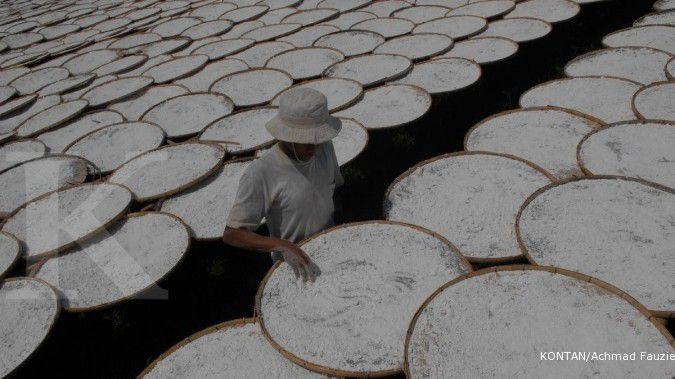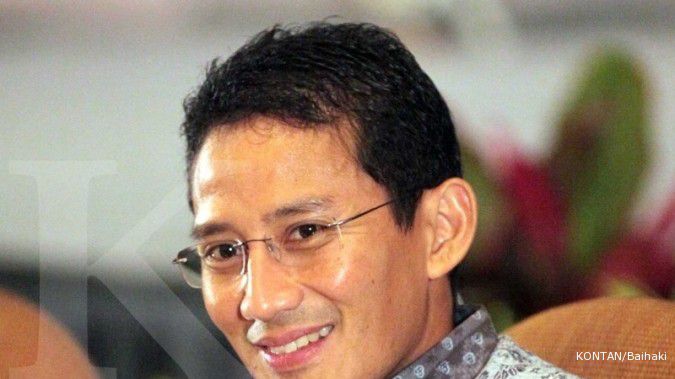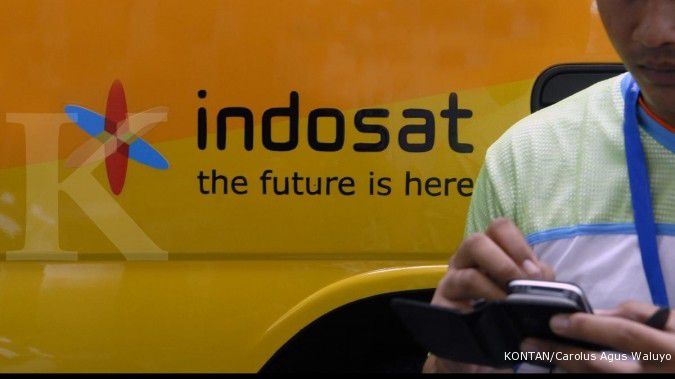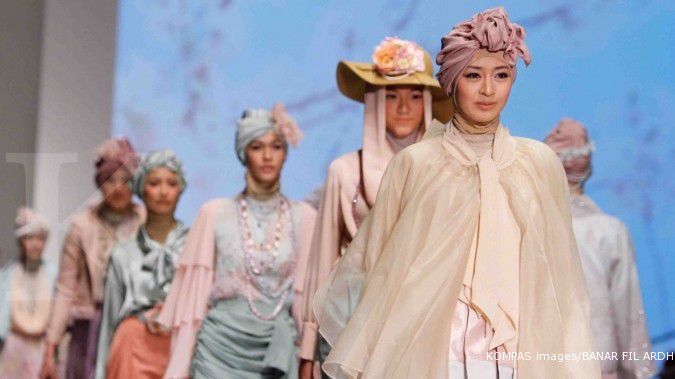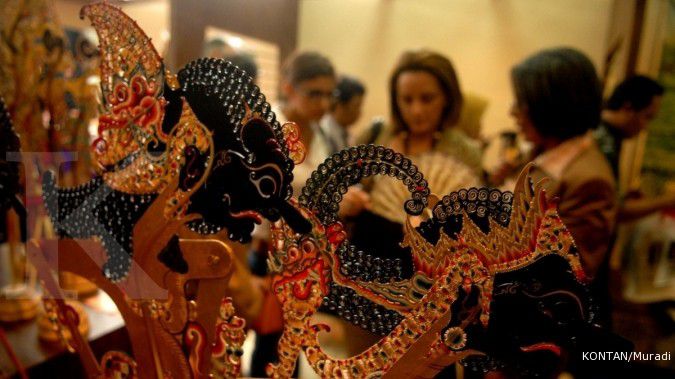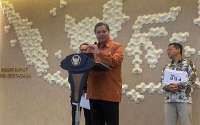JAKARTA. Four years have passed since UNESCO designated Indonesian batik a cultural masterpiece, but citizens remain disappointed by the government’s lackluster promotion of batik.
Rahmat Aditya, 28, an employee at a consultancy firm in Central Jakarta, said that he forgot that Oct. 2 was Batik Day, and, sadly, had forgotten it every year.
“There were no reminders whatsoever from my office, so I simply forgot,” he said on Wednesday. “I would have worn batik if I knew it was today.”
Rahmat suggested that the government needed to do more to promote batik to its citizens and embed pride in the cultural cloth in the nation’s mindset.
“If promotion was undertaken properly, people would have worn batik and been proud to do so. But now, wearing batik is something people just do out of habit,” he said.
After recognition from UNESCO, the wearing of batik every Friday is strongly encouraged by government offices and private companies alike.
The government has taken some promotional measures to showcase batik to the world, including the drafting of a blueprint on batik preservation and development to set the standards for batik production.
With the blueprint, the government expects the batik industry to drive the micro economy by 2025, as 99.39 percent of all 55,912 batik producers, according to 2010 data, were micro- and small-sized enterprises.
Exports, according to the blueprint, were expected to grow on average by 10 percent from 2012 to 2015 along with government efforts to diversify its markets.
The main export destinations for batik products are the United States, Japan and European countries, such as Belgium, Germany and Sweden. There is growing demand from neighboring countries, such as Thailand and Malaysia.
Days before the 2013 APEC Summit in Nusa Dua, Bali, started, Tourism and Creative Economy Minister Mari Elka Pangestu said that 21 state leaders participating in the event would wear endek, traditional Balinese woven cloth.
Mari said that it was part of the efforts to promote local culture. In 1994, during the APEC Summit in Bogor, West Java, leaders were required to wear batik for the same purpose.
While designers get creative with batik to make it more popular overseas, local communities strive to develop their own traditional cloths or motifs unique to the region — an effort that is often missed by the government.
The Betawi Batik Family, for instance, was established in 2010 in Tarumajaya subdistrict, Bekasi, to facilitate batik artisans in Jakarta and its satellite cities who wished to produce batik with native motifs.
Without support from the government, the committee educates residents and spreads the love for batik while assisting in the development of small and creative batik enterprises.
To mark Batik Day on Wednesday, the Jakarta administration recognized the community and provided it with a place to produce batik in Marunda, North Jakarta. (Fikri Zaki Muhammadi/The Jakarta Post)
/2011/11/26/278519536p.jpg)
